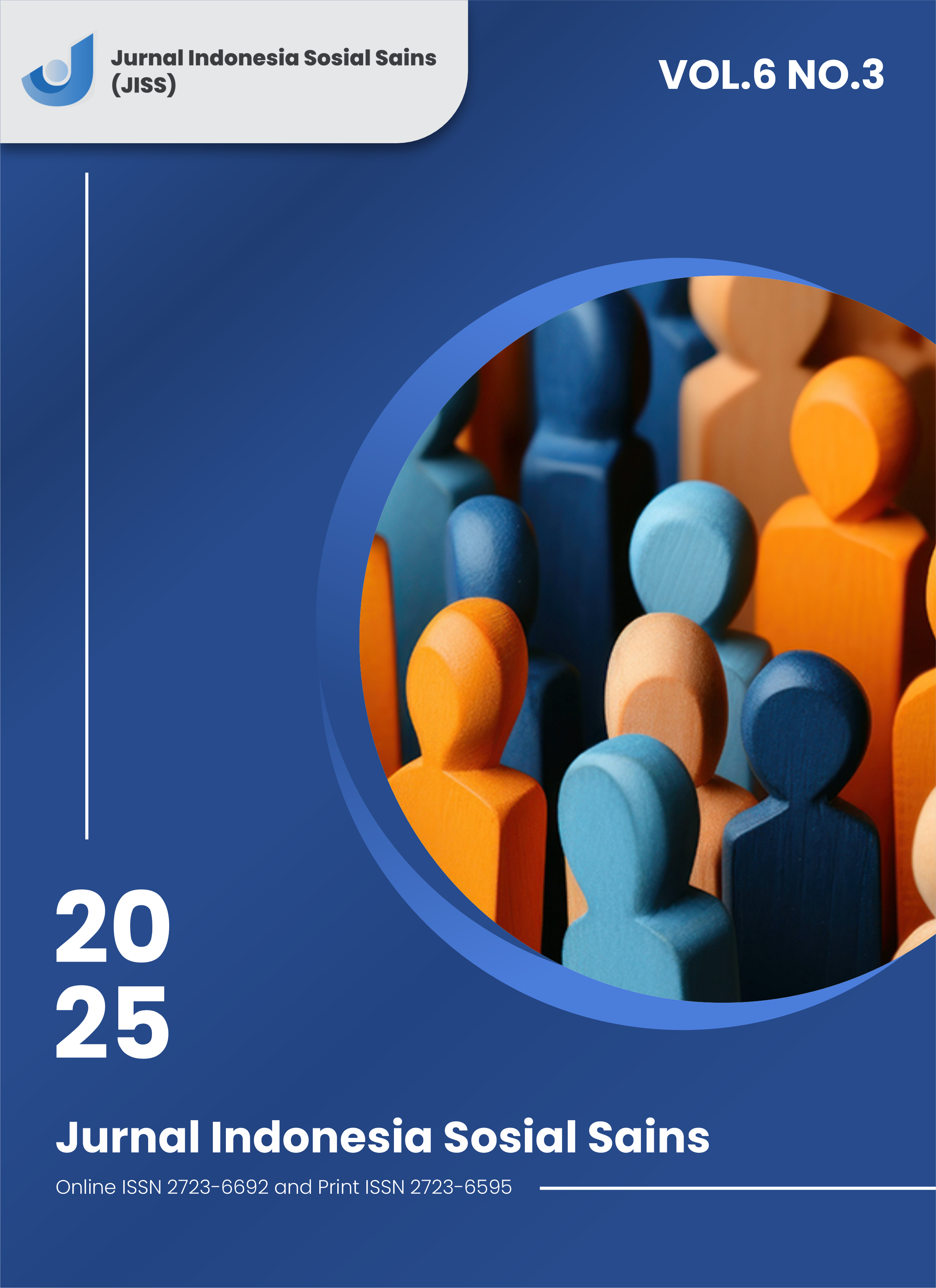PIENNO-MOASH: Formulation of Nanoparticle Mouthwash from Pineapple Peel Extract (Ananas comosus L.) as an Antibacterial Agent Against Streptococcus mutans via In Silico and In Vitro Studies
DOI:
https://doi.org/10.59141/jiss.v6i3.1668Keywords:
Pineapple peel extract, antibacterial, Streptoccocus mutans, nanoparticle mouthwashAbstract
Dental caries cases are an increasing problem in adult and pediatric patients, one of the causes of which is the Streptococcus mutans bacteria. Pineapple peel (Ananas comosus L.) is a plant part that has been known to have antibacterial activity due to the content of secondary metabolites epicatechin and quercetin. However, the exploration of pineapple peel as a nanoparticle mouthwash has not been widely done. This study aims to extract pineapple peel, analyze the phytochemical profile of the extract, conduct molecular docking tests on dental caries protein targets, test the antibacterial activity of pineapple peel extract on Streptococcus mutans cultures, optimize and evaluate the formulation of "PIENNO-MOASH" nanoparticle mouthwash preparations. The extraction method was carried out by maceration of 70% ethanol solvent then the extract results were qualitatively tested for phytochemical screening. In silico antibacterial activity testing was carried out by molecular docking on Ag I/II and GbpC proteins. While testing antibacterial activity in vitro using disc diffusion method with pineapple peel extract concentration. The results of maceration obtained yield of pineapple peel extract 6.88%. Qualitatively positive extracts contain alkaloids, saponins, flavonoids, quinones, polyphenols, and triterpenoids. In silico antibacterial testing results showed epicatechin as the best Ag I/II protein inhibitor and quercetin as the best GbpC protein inhibitor. The results of antibacterial testing in vitro could not be analyzed due to the appearance of bacterial contamination. The results of optimization and evaluation showed that formulation F2 had particle size, specific gravity, pH, and viscosity that met the nanoparticle preparation. So it can be concluded that pineapple peel extract contains secondary metabolites that can affect the growth of Streptoccocus mutans bacteria and formula F2 has a composition that meets the requirements of nanoparticle mouthwash preparations.
Downloads
Published
How to Cite
Issue
Section
License
Copyright (c) 2025 Achmad Fayyadh, Fachri Ferya, Aiza Fitriana

This work is licensed under a Creative Commons Attribution-ShareAlike 4.0 International License.
Authors who publish with this journal agree to the following terms:
- Authors retain copyright and grant the journal right of first publication with the work simultaneously licensed under a Creative Commons Attribution-ShareAlike 4.0 International. that allows others to share the work with an acknowledgement of the work's authorship and initial publication in this journal.
- Authors are able to enter into separate, additional contractual arrangements for the non-exclusive distribution of the journal's published version of the work (e.g., post it to an institutional repository or publish it in a book), with an acknowledgement of its initial publication in this journal.
- Authors are permitted and encouraged to post their work online (e.g., in institutional repositories or on their website) prior to and during the submission process, as it can lead to productive exchanges, as well as earlier and greater citation of published work.












